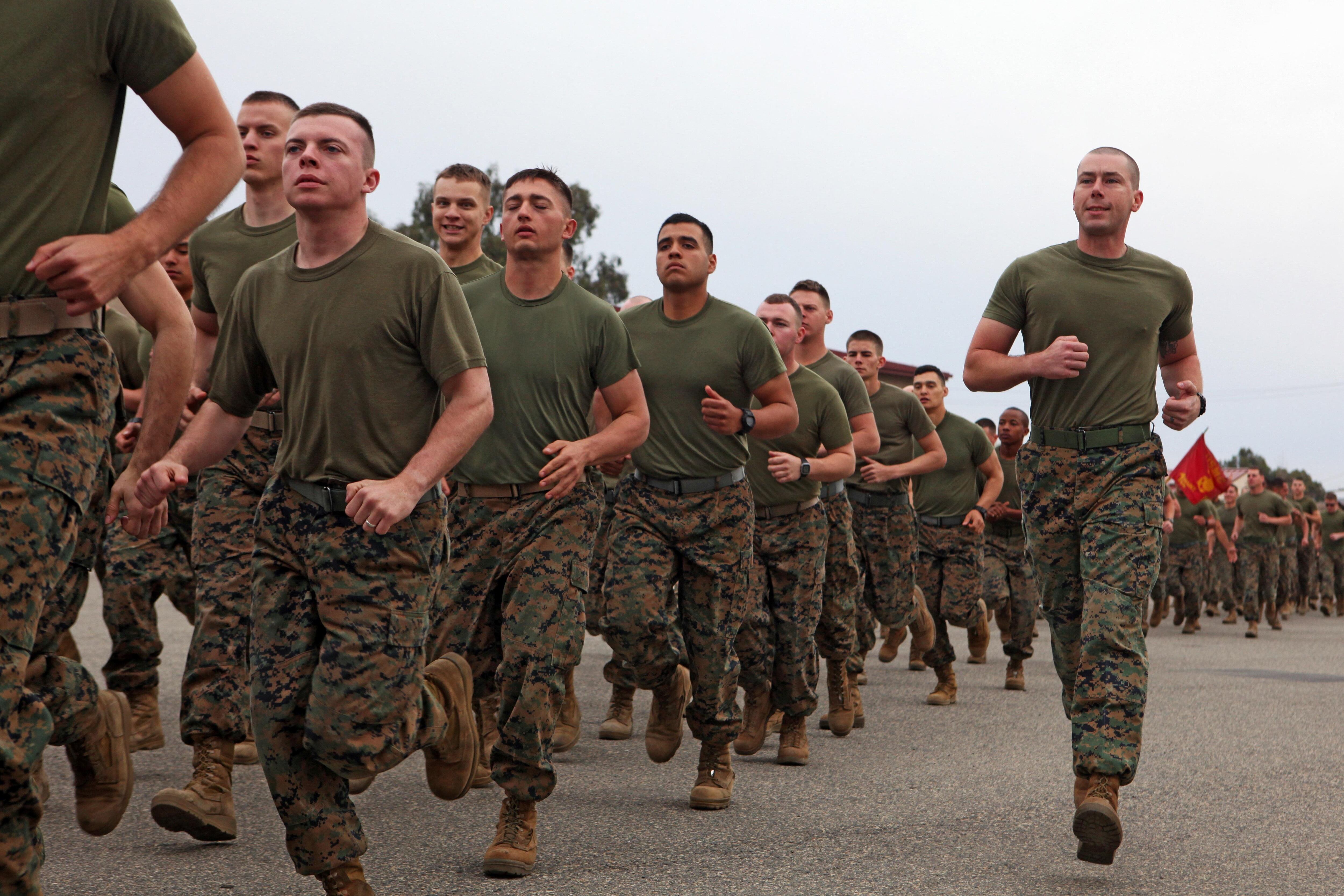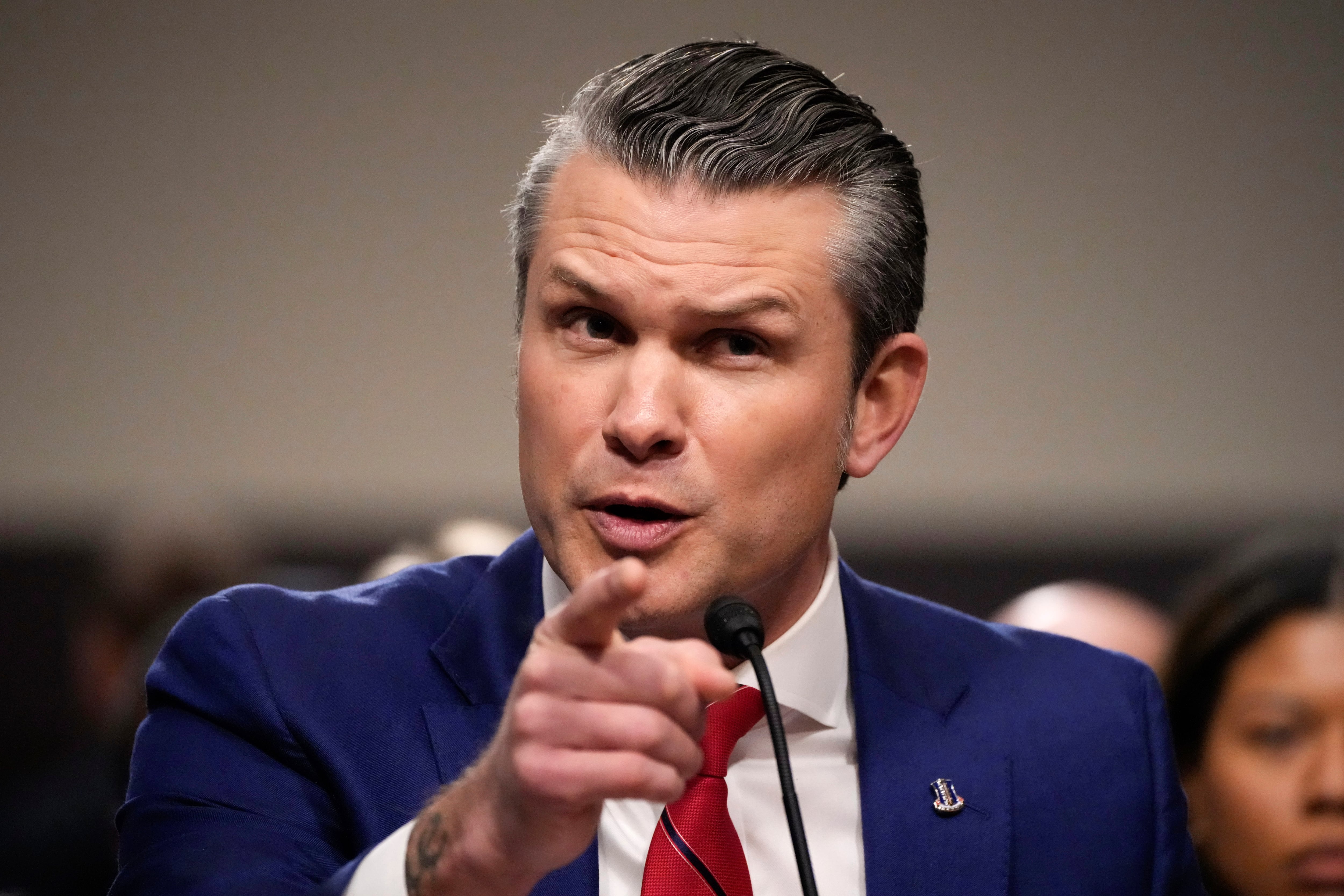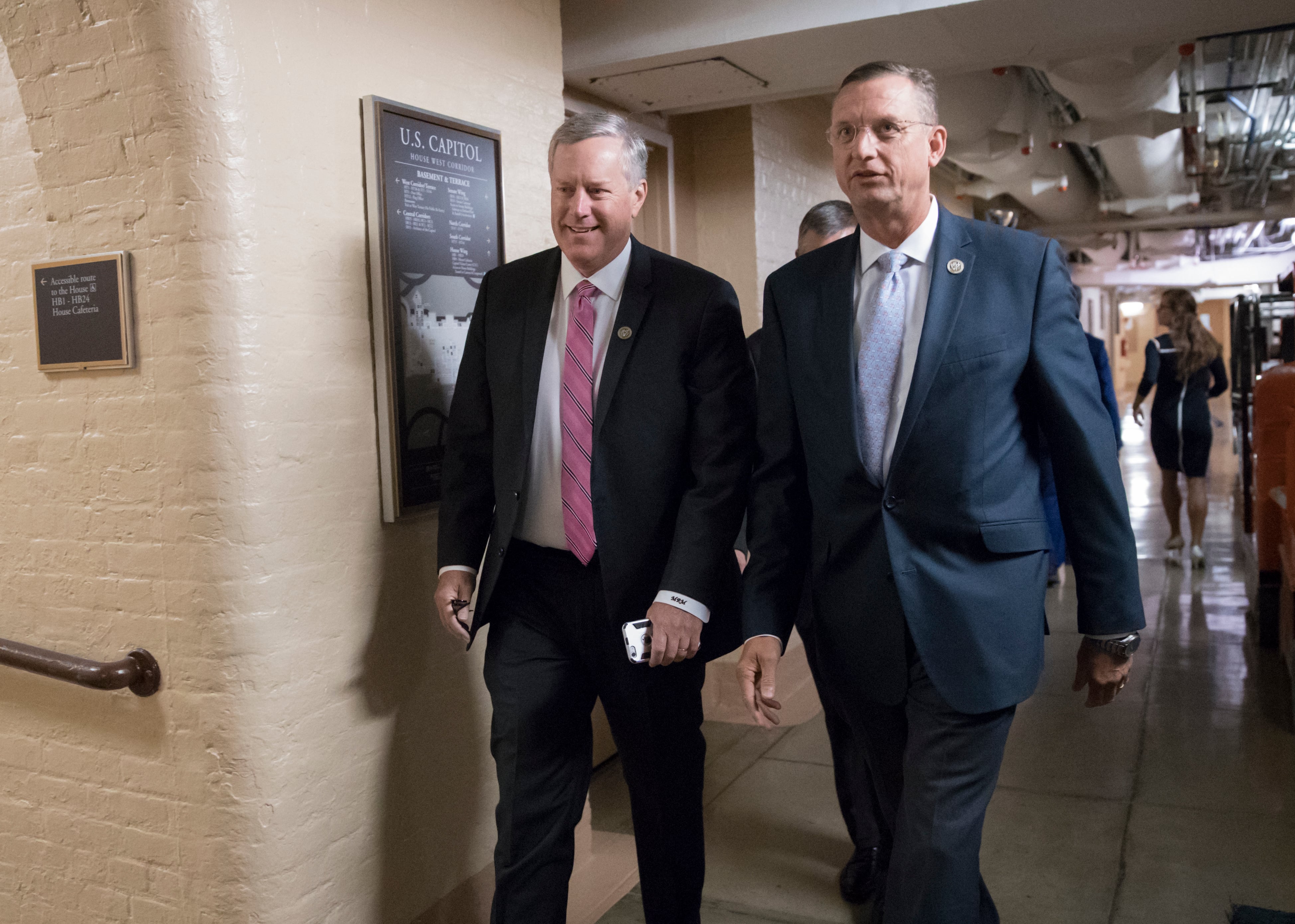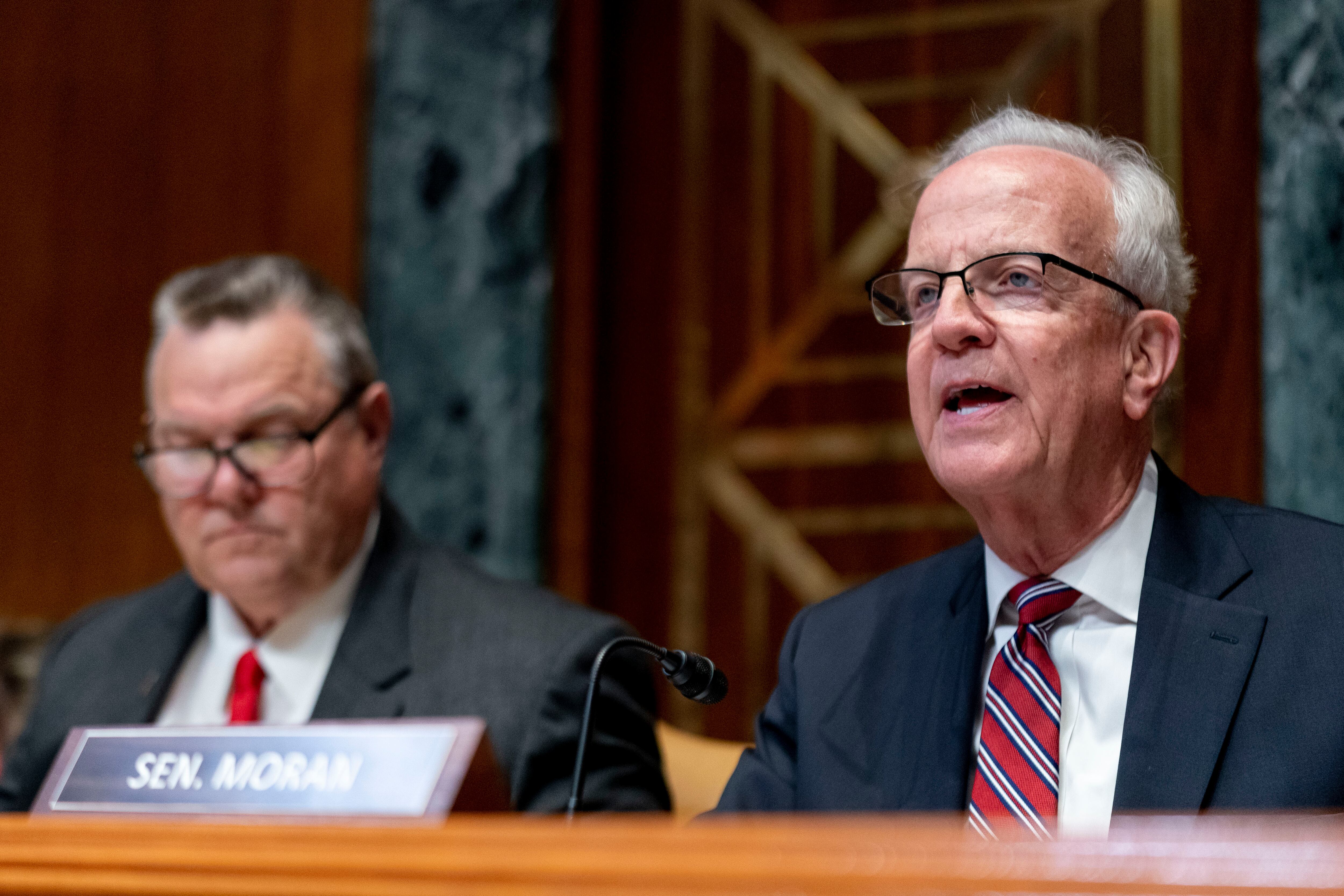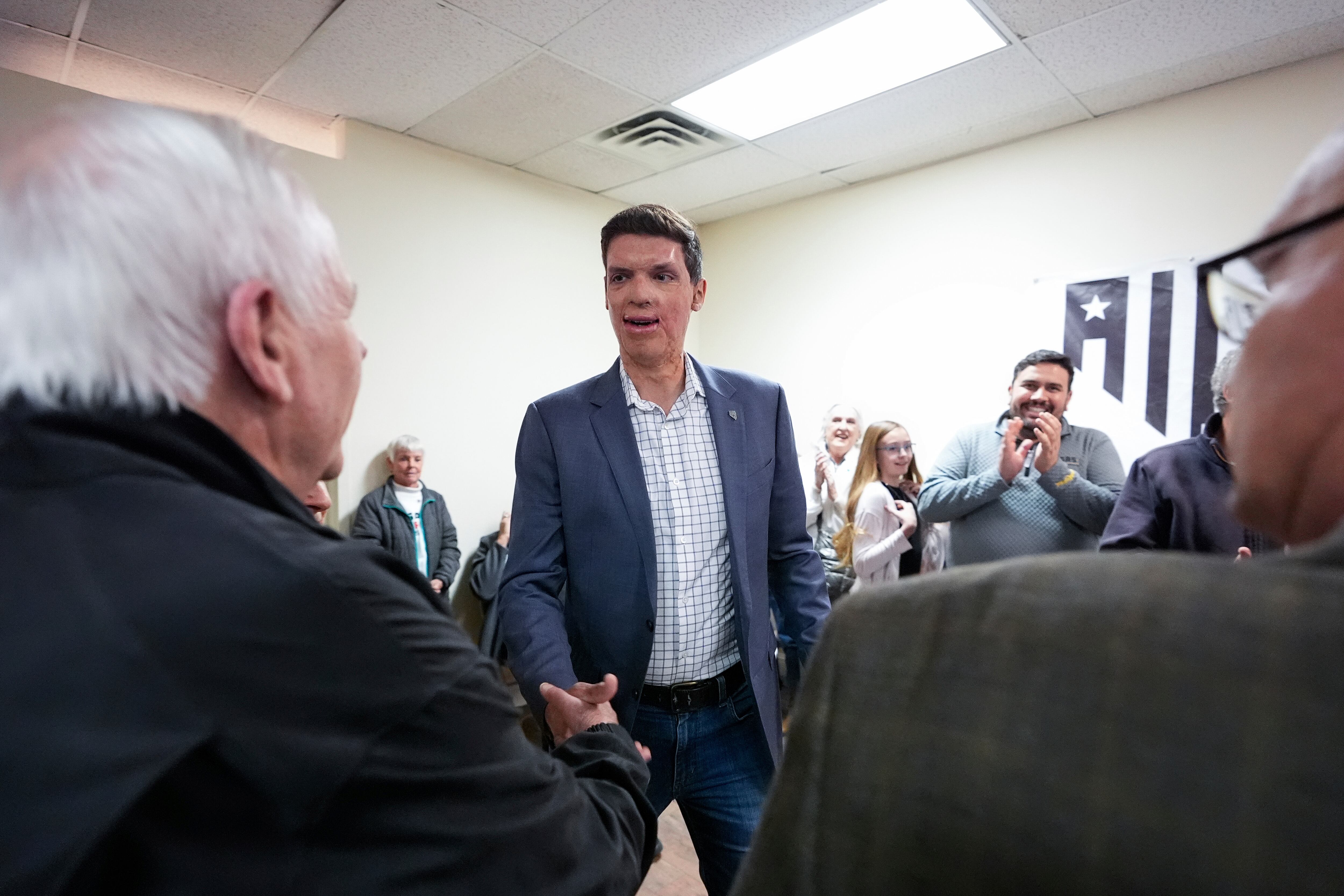Editor’s note: On Aug. 15, Army Gen. Daniel R. Hokanson, chief of the National Guard Bureau released the following statement to Military Times: “The District of Columbia Air National Guard is not involved in the Army-directed restructuring of the District of Columbia National Guard. There are no plans to transfer any elements of the District of Columbia Air National Guard to the Maryland National Guard.”
The Pentagon is developing plans to restructure the National Guard in Washington, D.C., in a move to address problems highlighted by the chaotic response to the Jan. 6 riot and safety breaches during the 2020 protests over the murder of George Floyd, The Associated Press has learned.
The changes under discussion would transfer the District of Columbia’s aviation units, which came under sharp criticism during the protests when a helicopter flew dangerously low over a crowd. In exchange, the district would get more military police, which is often the city’s most significant need, as it grapples with crowd control and large public events.
Several current and former officials familiar with the talks spoke on condition of anonymity to discuss internal deliberations. They said no final decisions have been made.
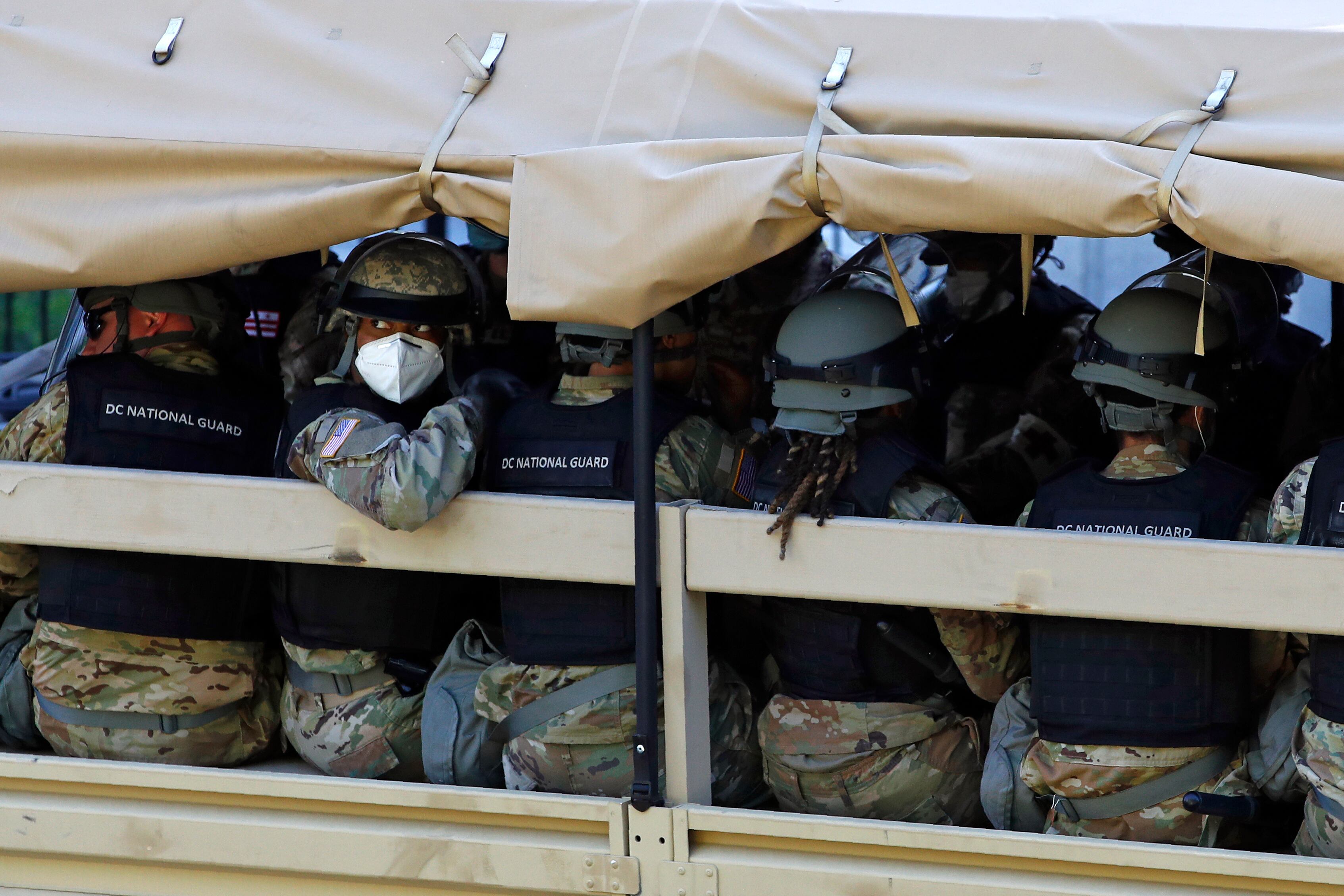
A key sticking point is who would be in control of the D.C. Guard — a politically divisive question that gets to the heart of what has been an ongoing, turbulent issue. Across the country, governors control their National Guard units and can make decisions on deploying them to local disasters and other needs. But D.C. is not a state, so the president is in charge but gives that authority to the defense secretary, who generally delegates it to the Army secretary.
According to officials, Defense Secretary Lloyd Austin is weighing two options: maintaining the current system or handing control to U.S. Northern Command, which is in charge of homeland defense.
Senior officials have argued in favor of Northern Command, which would take control out of the hands of political appointees in Washington who may be at odds with the D.C. government, and giving it to nonpartisan military commanders who already oversee homeland defense. Others, however, believe the decision-making should remain at the Pentagon, mirroring the civilian control that governors have on their troops.
The overall goal, officials said, is not to decrease the size of the district’s Guard, but reform it and ensure it has the units, equipment and training to do the missions it routinely faces. The proposal to shift the aviation forces is largely an Army decision. It would move the D.C. Air Guard wing and its aircraft to the Maryland Guard, and the Army aviation unit, with its helicopters, to Virginia’s Guard.
An Army official added that a review of the D.C. Guard examined its ability to provide rapid response, mission command and coordination with other forces when needed over the past four years. The review, which led to the recommendations, involved the District Guard and Army leaders.
D.C. Mayor Muriel Bowser’s office did not respond to a request for comment Friday on the proposed changes.
But Bowser and other local officials have long claimed that the mayor’s office should have sole authority to deploy the local guard, arguing that the D.C. mayor has the responsibilities of any governor without the extra authorities or tools.
When faced with a potential security event, the mayor of D.C. has to go to the Pentagon — usually the Army secretary — to request National Guard assistance. That was true during the violent protests in the city over the killing of George Floyd at the hands of a police officer in 2020, and later as an angry mob stormed the Capitol on Jan. 6, 2021, in an effort to overturn the election of Joe Biden as president.
As the Jan. 6 riot was unfolding, city leaders were making frantic calls to Army leaders, asking them to send Guard troops to the Capitol where police and security were being overrun. City leaders complained heatedly about delays in the response as the Pentagon considered Bowser’s National Guard request. City police ended up reinforcing the Capitol Police.
Army leaders, in response, said the district was demanding help but not providing the details and information necessary to determine what forces were needed and how they would be used.
Army officials were concerned about taking the Guard troops who were arrayed around the city doing traffic duty and sending them into a riot, because they were not prepared and didn’t have appropriate gear. And they criticized the city for repeatedly insisting it would not need security help when asked by federal authorities in the days leading up to Jan. 6.
The swirling confusion spurred congressional hearings and accusations that political considerations influenced the Trump administration’s response to the unrest in the Democratic-majority city. Defense officials rejected those charges, and blamed the city.
Within the Pentagon, however, there are broader concerns that D.C. is too quick to seek National Guard troops to augment law enforcement shortfalls in the city that should be handled by police. In recent days, a city council member suggested the D.C. Guard might be needed to help battle spiking local crime.
The restructuring is an effort to smooth out the process and avoid communications problems if another crisis erupts.
An Army investigation in April 2021 sharply criticized the D.C. Guard, saying troops lacked clear guidance and didn’t fully understand how to use helicopters appropriately during the civil unrest in June 2020.
The probe was triggered by widespread objections, including from Congress, after one of the D.C. Guard helicopters hovered low enough over protesters near the Capitol One Arena to create a deafening noise and spray protesters with rotor wash. There were also concerns that the Guard used a medivac helicopter — with medical markings — to make such a “show of force” against the crowds gathered to protest Floyd’s death.
The report found that the use of medical helicopters was appropriate because it was an emergency, but the episode raised worries among defense leaders about the need for improved planning, training and oversight of the D.C. Guard’s use of aviation and calls for a stricter approval process.
Associated Press writer Ashraf Khalil contributed to this report.

